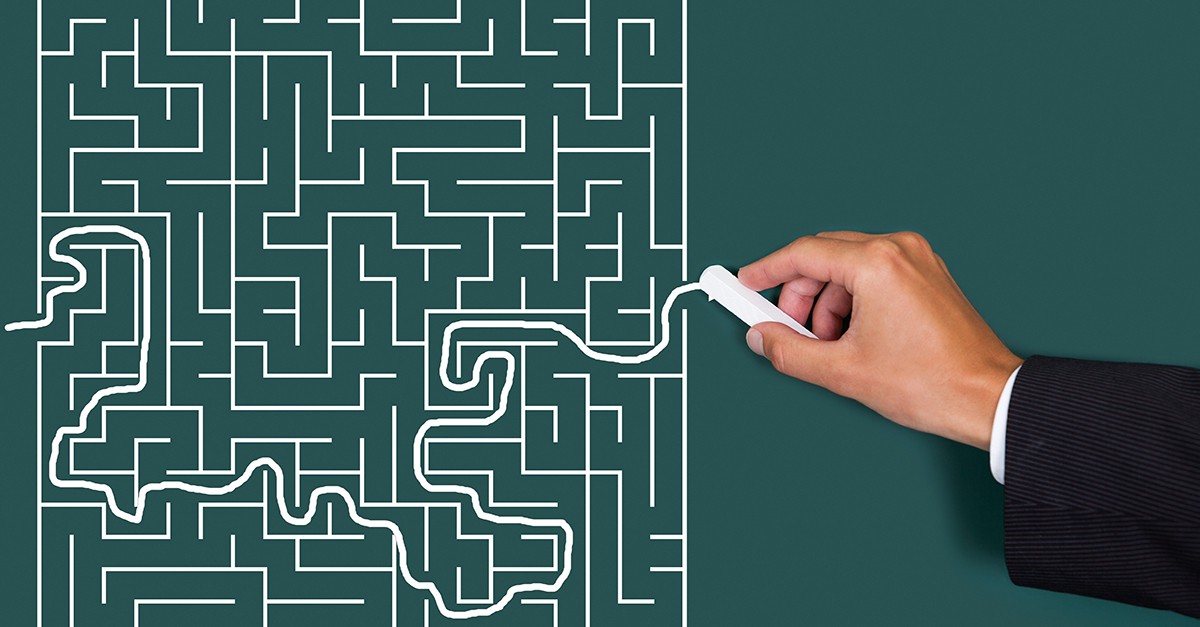
Buying property in Italy can be like finding your way through a maze, but not with this guide / Gtres
We know how much of a headache buying a house in Italy can be, so we wanted to help you. Here, idealista guides you through the 12 simple steps to follow to buy a house in Italy.
- Decide on a budget: Firstly, calculate how much you’re willing to spend on your new Italian property and how much you’ve got saved up. If you’re working this out it based on your monthly earnings, a good rough guide to follow is that your budget should not exceed 35%-40% of your net monthly income.
- How will you pay? You have several options when it comes to paying for your house, but remember that you must have an Italian bank account to buy a home in Italy. Here are the 3 main ways of paying for a house in Italy:
- One-off payment: Paying the entire sale price of the property in one whack, normally by way of a bank cheque in the seller’s name that you hand over when you sign the property deed. This isn’t a very common payment method as not many people have that kind of money saved up.
- Most people prefer to go for a mortgage loan: Getting a mortgage, whether it’s from an Italian bank or one at home, and using the property itself as a guarantee against defaulting. Depending on your age other personal details, loan terms can be up to 40 years and banks normally offer 80% of the property value, with the remaining 20% being paid from the buyer’s pocket.
- Mortgage subrogation: This is another option to consider instead of getting a new mortgage yourself. It means changing the name of the debtor on the existing mortgage on the property to your own name, making you the new payer of the mortgage. The biggest advantage of mortgage subrogation is that you save yourself the costs and the hassle of getting a new mortgage, but the disadvantage is that the terms and conditions are fixed and you can’t modify the mortgage to your personal necessities.
- Decide what and where you want to be: Think carefully about your needs, tastes and personal situation when deciding whether to buy a house or a flat, a new construction or a second-hand property, free or protected, by the beach or in the countryside, etc.
- Who will you buy with? After you know where to buy and how much to spend, your search will be so much more focussed and productive. It’s then time to choose between going with a private seller, a real estate agency, property developers or banks for the sale, with each having their ups and downs.
- Go and see the property: When you visit a potential property, be sure to do a thorough check of everything. Talk to the neighbours and inspect the building. Take notes and measurements. Take photos so you can look back later and compare with other properties. Consider the space distribution and the layout of the rooms, which direction the property faces, how much natural light it has, how well ventilated the bathroom and kitchen are, the state of the fixed installations, the wiring and its energy efficiency, the background noise and the local services available nearby… in short, use any visit to see a house as an opportunity and don’t be shy to go through every detail!
- Make an offer (they can’t refuse): Be sure that the property you’re going to make an offer on has all the deeds and paperwork in order, that there is a building certificate and there are no outstanding debts, costs or charges on it. This is something a real estate agent can help you with. Consider carefully all the features of the property before making a realistic and fair offer.
- Sign the deposit agreement: This requires you to pay 10% of the sale price as a deposit, which the estate agent, if you use one, will send through to the seller. With this down payment, you reserve the property for a time and sign the deposit agreement to this effect. If the seller later decides not to sell to you, they will have to return the deposit to you; conversely, if you as the buyer decide not to go through with the transaction, you will lose this deposit.
- Sign the Compromesso. Meaning ‘compromise’ in Italian, this preliminary contract requires you to pay a further portion of the sale price, normally between 10% and 30%, and you sign to confirm that you commit yourself to buying the property.
- Sign the final title deed (Rogito): The signing of this document represents the last contract before the property is finally yours and you have paid all the money for it. The deed must be signed before a notary to make it legally binding.
- Pay the transaction costs and taxes. The main expense to be paid when buying a home in Italy is the VAT, which stands at between 10% and 20% for a new construction, 4% if you have built it yourself and 20% for most second-hand homes. There is also the property registry tax, which is 10% for urban properties and 17% for rural ones, plus the notary costs and anything owed to the estate agent and mortgage costs.
- Change the name on the energy, water and gas bills. Let the energy companies and other services providers know that you are the new owner and will be paying the bills from now on, and give them your bank details to facilitate this.
- Keep all the documents and put them away safely so you don’t lose anything! You’ll be needing them again one day.
- Pick up the keys and move in to your new home!